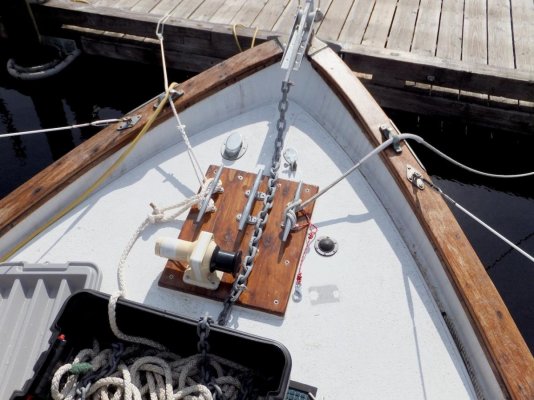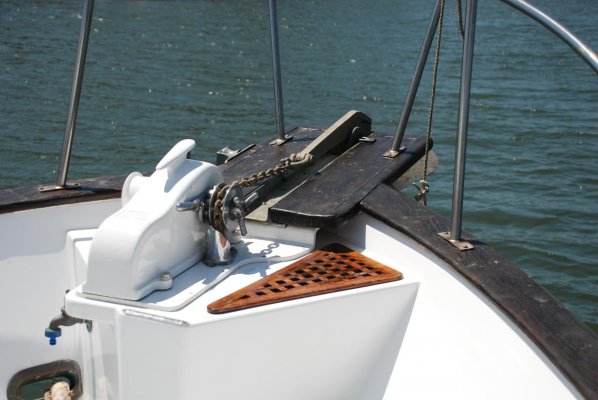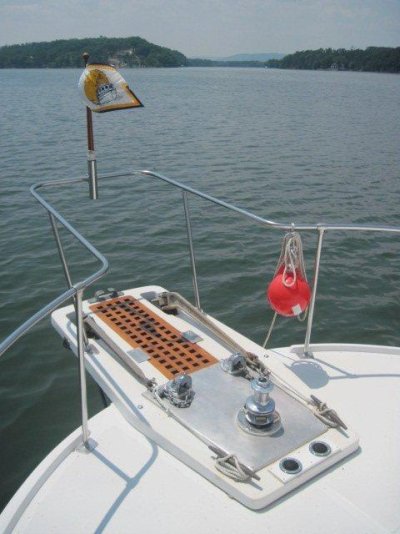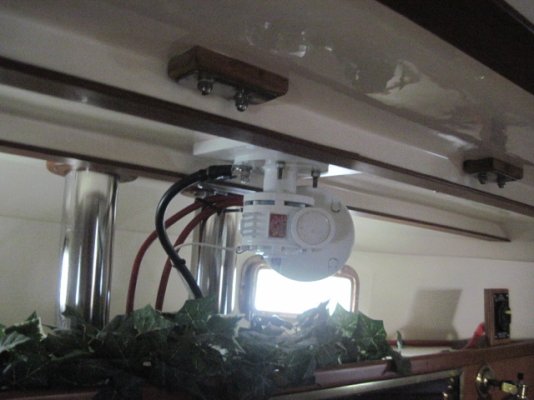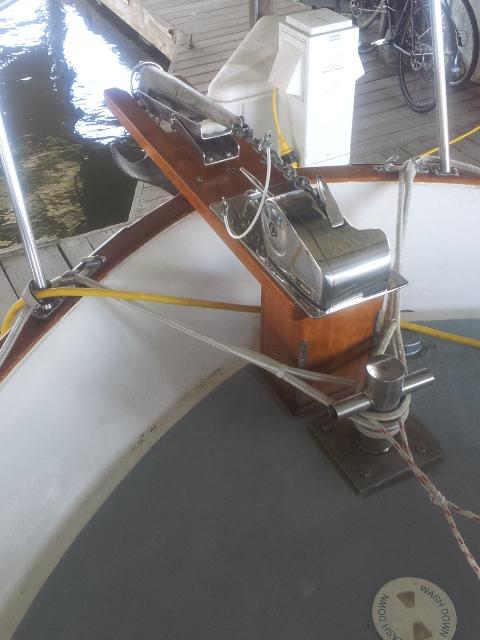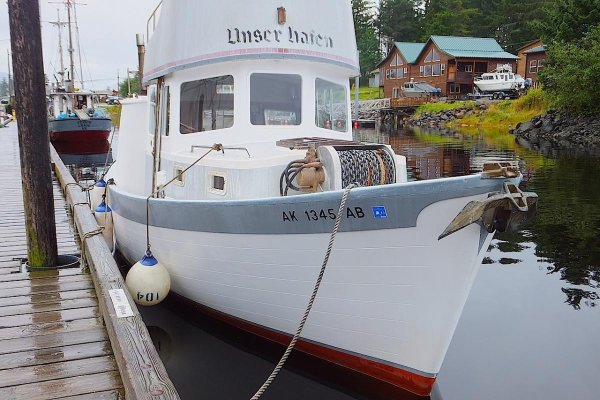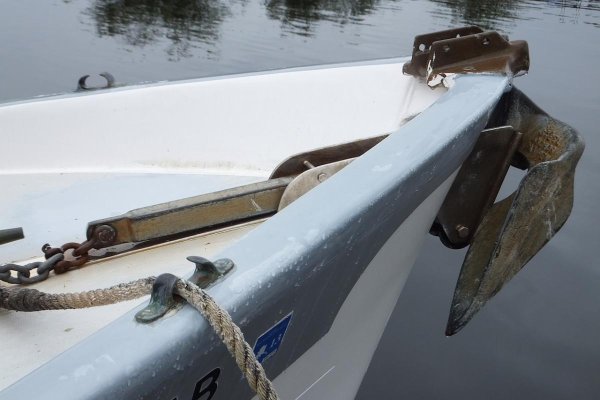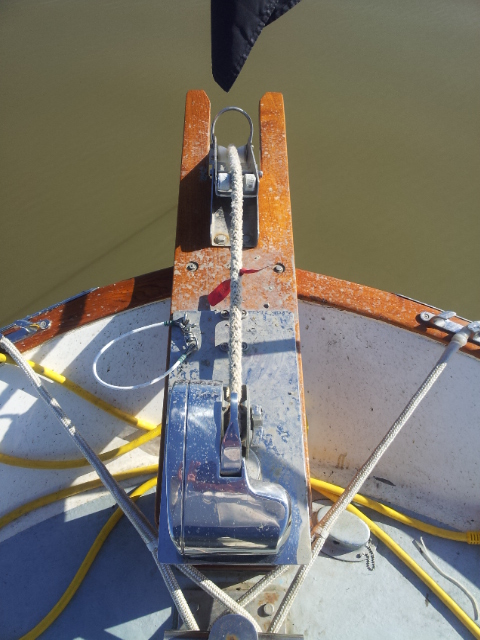Rogerh
Guru
- Joined
- Aug 27, 2013
- Messages
- 724
- Location
- USA
- Vessel Name
- At Last
- Vessel Make
- 1990 Jefferson 52 Marquessa
I have a Jefferson 52 with the backer plate for the windlass rotted out. It was made from 3/4 inch plywood. It was suggested that I use G10 to make the new backer plate. Since G10 is so much stronger than plywood should I still use 3/4 inch G10 or should I use a different thickness. The plate is 12X12 inch. I have a 45 lbs anchor with 150 feet of 3/8 inch chain. I dont want to go back with wood because of the potential rott issues. I know I could epoxy it first but....
Thanks for your inputs.
Thanks for your inputs.

